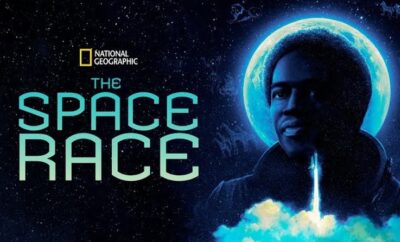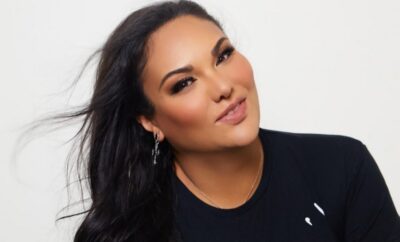Movie Reviews
Women in Blue
By: Jennifer Vintzileos
With the country in political turmoil, Women in Blue is a documentary that discusses women in the Minneapolis Police Department and the challenges they face in their career. As the story showcases a handful of the women who are proud to protect and serve, viewers receive an even deeper look into the real issues of the police force in Minneapolis. What begins with female officers and authority figures showing initiative at the helm of a male-dominated industry, Women in Blue provides us a view into the proverbial powder keg waiting to be lit within the Minneapolis Police Department.
In 2012, Minneapolis sees its first appointed female police chief, Janeé Harteau. She is also the first lesbian and American Indian to hold this position in the one hundred and fifty year history of Minneapolis. In taking office Chief Harteau makes it her mission to bring more female authority figures into the force and change a culture within the organization. (Think more empathy, less violence.) As the documentary begins we’re hit with a familiar, tragic story: the death of 24-year old Jamar Clark at the hands of Officers Dustin Schwarze and Mark Ringgenberg in 2015. Harteau does her best to calm the waters of the community and keep a rigorous progressive agenda for the fairer sex, accounting for 16% of the force. But it is not until 2017, when Officer Mohamed Noor is charged with the murder of civilian Justine Damond, that the city is in an uproar and demands the resignation of Harteau. She steps down, handing her position over to Assistant Chief Medaria Arradondo. It is then that Arradondo becomes the first black police chief of Minneapolis. His words that “MPD will be on the right side of history” feels slightly ominous. On a sidenote, around that time mayor Betsy Hodges loses re-election to Minneapolis City Council Member Jacob Frey.
When we do finally get to know the heroine dream team for Minneapolis, the fight to keep their foothold of authority on the police force becomes more challenging. Arrandondo’s lack of women on his newly appointed staff brings some long-lasting effects. Officer Melissa Chiodo now finds she goes from running seven units to being Commander of Internal Affairs, eventually leaving Minneapolis to rise and further her career. Inspector Catherine ‘CJ’ Johnson of the 3rd precinct has her community outreach program take massive cuts. Officer Erin Grabosky feels the strain of the community threads unraveling as the rift between community and law enforcement is still quite prevalent within the city. Yet in spite of what feels like a step down within the department there is a silver lining with Officer Alice White, who becomes Sargeant of the 4th Precinct and continues the mission to bring more equality between the sexes in the face of adversity.
Director Deidre Fishel tried to showcase gender inequality within the Minneapolis Police Department, yet she uncovered something more sinister in the city limits: racial disparities that seem to grow and fester more and more with every new crime the filmmaker witnesses. Jamar Clark, Justine Damond, Thurmond Blevins—each of their stories creating an uproar within the community. The need for justice is obvious yet the response seems lacking. Fishel captures it all without trying to make it her focal point.
Women in Blue may share the stage with some disturbing truths about the city of Minneapolis, but there is still hope. These women believe that changes in law enforcement are necessary and they’re ready to make it happen any way they can!




You must be logged in to post a comment Login